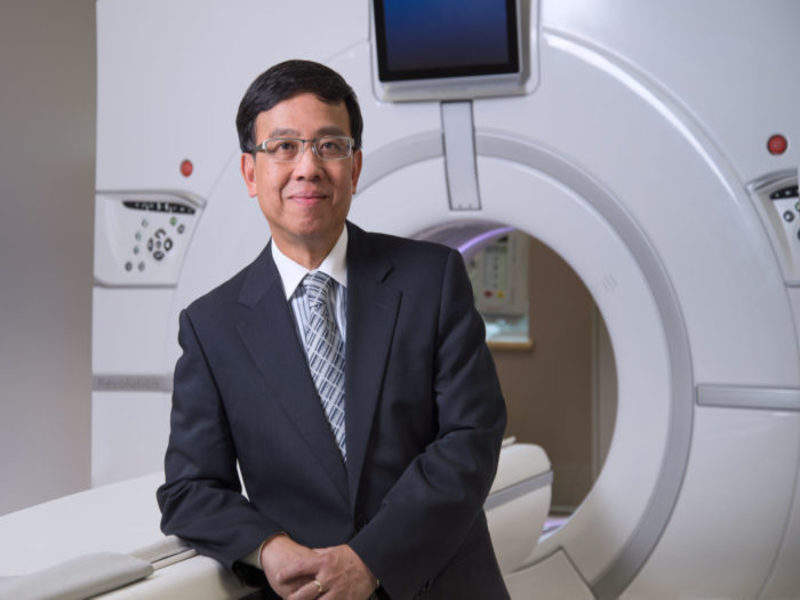

Researchers at Western University and Lawson Health Research Institute in Canada have developed a ‘CT Perfusion’ to check the response of a patient to advanced ovarian cancer treatment.
The technology employs X-ray dye and CT scanner combination to measure blood flow and volume to tumours that are associated with ovarian cancer.
CT perfusion was developed by Western University Schulich School of Medicine and Dentistry professor Ting-Yim Lee in collaboration with his colleagues at Robarts Research Institute.
A clinical trial conducted at 19 US centres showed that CT Perfusion has the ability to precisely predict the working of a treatment in a particular patient.
Professor Lee said: “CT perfusion is honing into the change in blood flow to the tumour before and after treatment.
“In this particular case we can see that blood flow tends to decrease in those who will survive longer without symptoms, whereas for those whose symptoms will recur within six months, we saw blood flow to the tumour increase after their treatment.”
How well do you really know your competitors?
Access the most comprehensive Company Profiles on the market, powered by GlobalData. Save hours of research. Gain competitive edge.

Thank you!
Your download email will arrive shortly
Not ready to buy yet? Download a free sample
We are confident about the unique quality of our Company Profiles. However, we want you to make the most beneficial decision for your business, so we offer a free sample that you can download by submitting the below form
By GlobalDataThe clinical trial also indicated that the technology requires minimal training and can be easily implemented onto any existing CT scanner.
It is expected that by predicting the benefit of a particular therapy, patient selection and treatment planning can be improved, alongside the assessment of new treatment options.
Professor Lee further noted: “Using this method, we are able to see a change in the blood flow as early as four weeks after treatment.
“This means we don’t have to wait months to determine whether symptoms will recur, we are able to tell whether the treatment is effective much sooner.”
The trial was funded by the US National Cancer Institute through the National Clinical Trials Network.
The CT perfusion technology is currently being used to evaluate blood flow to the brain following a stroke.
Image: Professor Ting-Yim Lee. Photo: courtesy of Western University, London, Ontario, Canada.







